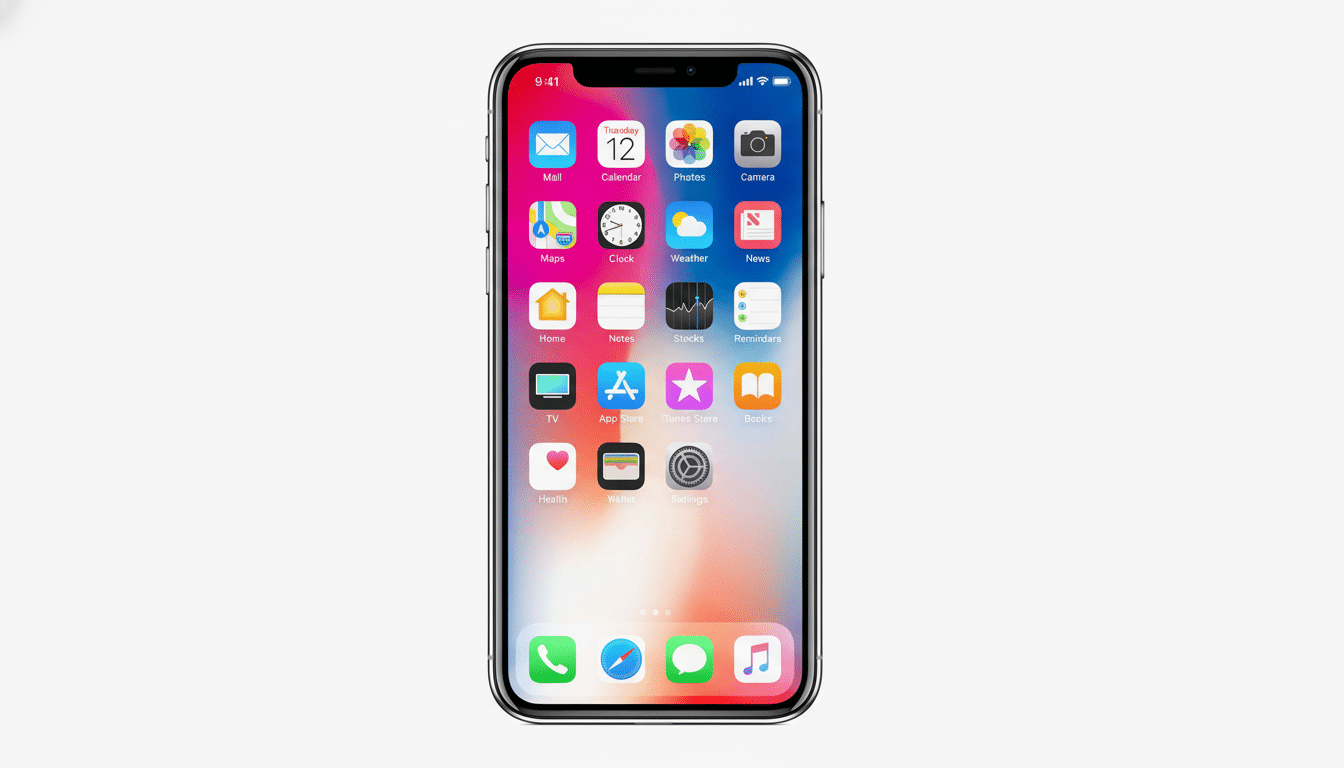Apple has warned a veteran iOS exploit developer that his personal iPhone was targeted with so-called mercenary spyware, a species of surveillance tool that is sold to governments and other entities. The warning reflects a significant evolution in risk: The engineers who create zero-day exploits are now themselves targets of advanced operators.
The developer, identified in the security community by his work name Gibson, and who once worked for Trenchant, a contractor that develops offensive capabilities for Western government clients, received Apple’s rare “threat notification” informing him of an attempted attack. The alert does not mean that a compromise has definitely occurred, but rather indicates that the phone was believed to be targeted with advanced spyware.

A Rare Target Profile In A Booming Spyware Economy
Government-grade spyware has for years been associated with campaigns targeting journalists, activists, lawyers and political opponents. Citizen Lab and Amnesty International’s Security Lab have documented dozens of such cases in at least 45 countries, using tools attributed to vendors including NSO Group, Candiru, Cytrox/Intellexa, among others. Targeting an offensive exploit developer brings about a third dimension: the stealing of hard-earned research, 0-days before their public disclosure, or internal communications.
Gibson is not the only one, according to several sources who know of recent incidents. Apple has sent such notices to other exploit and spyware developers in recent months as well. Although details are closely held, the pattern here indicates that high-value technical talent—those individuals closest to unpublished bugs and exploit chains—now constitutes a strategic surveillance target.
Inside The Alert And Why Evidence Is Difficult To Get
When Apple’s warning message popped up, Gibson turned to a seasoned forensic analyst for help. An initial test, according to the report, came back without any obvious signs of infection. That outcome is not unusual. The most sophisticated spyware uses zero-click exploits and no forensic trace, sometimes removing itself when the target’s device is compromised or detected.
The analyst suggested a more comprehensive, full-device backup and analysis. Gibson rebuffed the request for a full backup over privacy and sensitivity concerns, an understandable position for someone who has done classified-adjacent work. It is very hard to do without a full forensic capture or a discovered exploit chain, and the only sure things are “we will really not know anything.”
How Apple Detects Mercenary Spyware Threats
Apple’s notifications are not something that it shares with users on every occasion the company believes they might be a target—only when those targets appear to have been singled out by especially well-resourced adversaries. The company has changed its language from “state-sponsored” to “mercenary spyware,” mirroring a market in which private vendors create and sell turnkey surveillance kits to government customers. Apple has also introduced Optional Lockdown Mode, a high-friction security option that makes it more difficult for exploit chains to be used against vulnerable users.

Apple has more openly fought against commercial spyware, as with the recent lawsuit against NSO Group, and security hardening that, by default, reduces potential vectors of exploitation on iOS. More broadly, the industry has reacted: The U.S. Commerce Department has placed some makers of spyware on its Entity List and authorities in Europe have pushed to slap sanctions on companies that enable abusive deployments.
Zero-Days As Currency, The Outsized Abuse
Unpatched, in-the-wild vulnerabilities are the lifeblood of mercenary spyware. Public exploit middlemen and private purchasers are both paying out seven figures for repeatable iOS remote chains. Google’s Project Zero reported a record 97 zero-day bugs exploited in the wild in a recent year, with researchers pointing to “a meaningful proportion” attributed to commercial surveillance vendors. That pressure encourages both development and surreptitious acquisition—while exploit developers become appealing sources for collection operations.
Civil society, meanwhile, continues to be the most frequently recorded victim. Probes by Citizen Lab, Amnesty International and independent media outlets traced the use of spyware to target reporters, opposition figures and human rights defenders in multiple countries. That has led to calls from the United Nations and digital rights organizations for more stringent export controls and more transparency about government purchases.
Invoice-Request Fundraising for High-Risk Professionals
Advisers recommend that those most likely to be attracting high-level actors enable Lockdown Mode on Apple devices, update their OS very quickly when an update comes out and consider a certain amount of compartmentalization of what they do — keeping work separate from research and personal communications across different hardware profiles.
- Reduce attack surface, particularly for feature-rich messaging options.
- Use security keys for account protection where supported.
- Rotate primary devices periodically to minimize exposure.
When a threat alert arrives, consider it to be the highest-confidence warning. If the above are not options, minimize use, preserving the device as-is, and seek out competent incident responders while understanding that lack of evidence doesn’t mean evidence of absence—particularly for zero-click operations built to be transient.
Gibson’s lawsuit is a bright flashing warning: The mercenary spyware business is broadening its targets from dissidents and reporters to the engineers who understand the flaws best. That shift poses a discomfiting question for the security industry and underscores an uncomfortable reality: Today, anybody with line of sight to valuable zero-days is fair game.

